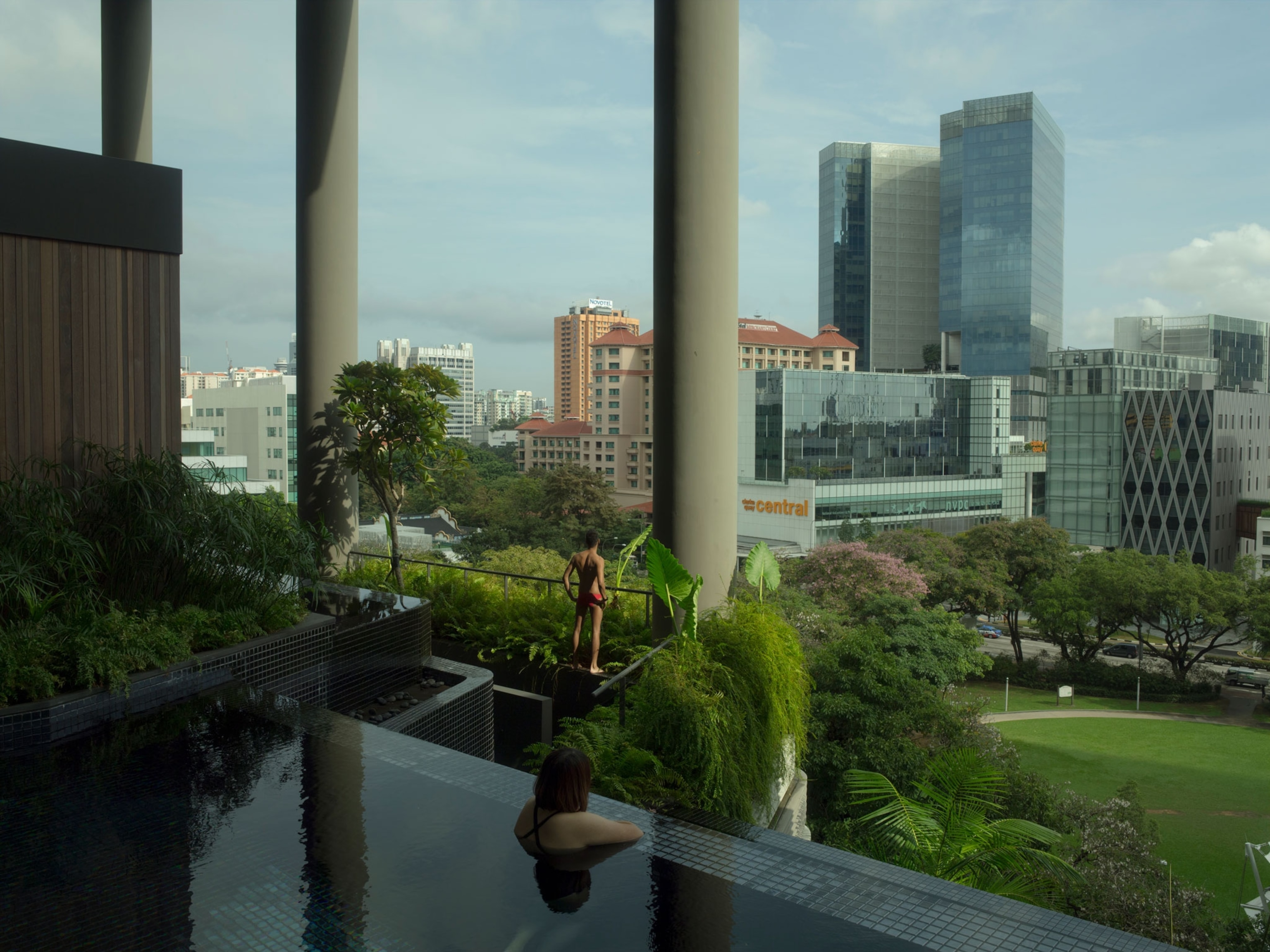
Along the Ganges’ Mutable Banks, Portraits of People and Place
“I’ve spent my entire life on the [banks] of the river,” Arko Datto says of growing up in the port city of Kolkata, India, about 96 miles from where the Ganges completes its more than 1,500-mile journey from the Himalaya and flows into the Bay of Bengal. The river has always held a fascination for him, so it’s no surprise that his first long-term project, Gangetic Interludes,explores the inextricable relationship between this epic body of water and the people who depend on it.


“The river has this idea of something which is in permanent movement. It becomes the only constant while everything around it changes,” Datto says, referencing the kingdoms, civilizations, and empires that have come and gone along its banks. “I’m trying to bring about a synthesis of all of the varied aspects … to find a holistic picture of what the river stands for.”


Datto’s photographic journey began in Allahabad during the winter of 2013. “What struck me was how low the river is at that point, so you see these vast expanses of sand flats, mudflats, in the middle of the river, and the river trickling down … and then you see these immense expanses of sky on top,” he says.


This vast and open expanse informed how he would proceed. “I wanted to give an accurate feeling of what it feels like when you’re in front of the river … and you have these miniscule dramas of life playing out in the landscapes,” he says.
To complement this, he also began taking more intimate portraits of the people he met during his journey, aiming to represent the diverse populations for whom the river is a touchpoint and a source of life—a place to worship, mourn, work, relax, and live.


As Datto looked deeper at this relationship, he began to appreciate the real-world impact that humans and the river have on each other. “You hear a lot about how the Ganga is dying,” he says, “And then you come across this profusion of life that goes on all around.” Problems such as industrial and human pollution, the effects of infrastructure development, and erosion became issues he felt compelled to include in his 360-degree look at a complex and dynamic situation.
“The river is a thread which binds diverse people together,” Datto says. “I am one of those people bound by that thread, trying to find where that thread is, how strong it is.“
Follow Arko Datto on his website.
Related Topics
You May Also Like
Go Further
Animals
- This ‘saber-toothed’ salmon wasn’t quite what we thoughtThis ‘saber-toothed’ salmon wasn’t quite what we thought
- Why this rhino-zebra friendship makes perfect senseWhy this rhino-zebra friendship makes perfect sense
- When did bioluminescence evolve? It’s older than we thought.When did bioluminescence evolve? It’s older than we thought.
- Soy, skim … spider. Are any of these technically milk?Soy, skim … spider. Are any of these technically milk?
- This pristine piece of the Amazon shows nature’s resilienceThis pristine piece of the Amazon shows nature’s resilience
Environment
- Are the Great Lakes the key to solving America’s emissions conundrum?Are the Great Lakes the key to solving America’s emissions conundrum?
- The world’s historic sites face climate change. Can Petra lead the way?The world’s historic sites face climate change. Can Petra lead the way?
- This pristine piece of the Amazon shows nature’s resilienceThis pristine piece of the Amazon shows nature’s resilience
- Listen to 30 years of climate change transformed into haunting musicListen to 30 years of climate change transformed into haunting music
History & Culture
- Meet the original members of the tortured poets departmentMeet the original members of the tortured poets department
- Séances at the White House? Why these first ladies turned to the occultSéances at the White House? Why these first ladies turned to the occult
- Gambling is everywhere now. When is that a problem?Gambling is everywhere now. When is that a problem?
- Beauty is pain—at least it was in 17th-century SpainBeauty is pain—at least it was in 17th-century Spain
Science
- Here's how astronomers found one of the rarest phenomenons in spaceHere's how astronomers found one of the rarest phenomenons in space
- Not an extrovert or introvert? There’s a word for that.Not an extrovert or introvert? There’s a word for that.
- NASA has a plan to clean up space junk—but is going green enough?NASA has a plan to clean up space junk—but is going green enough?
- Soy, skim … spider. Are any of these technically milk?Soy, skim … spider. Are any of these technically milk?
Travel
- Could Mexico's Chepe Express be the ultimate slow rail adventure?Could Mexico's Chepe Express be the ultimate slow rail adventure?
- What it's like to hike the Camino del Mayab in MexicoWhat it's like to hike the Camino del Mayab in Mexico




